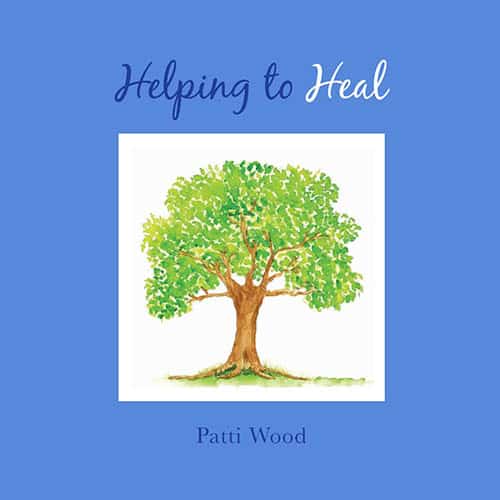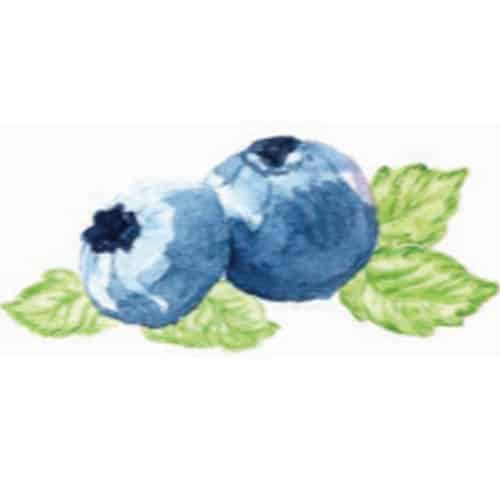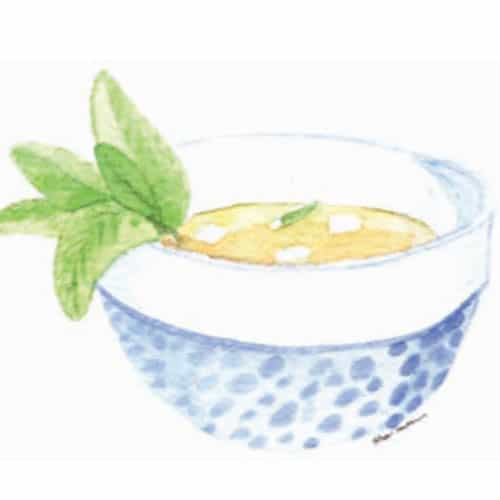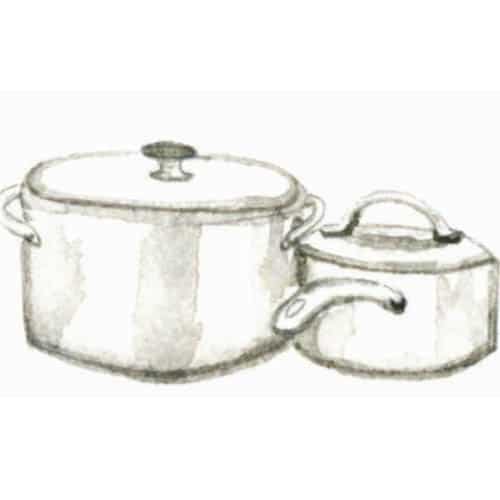
Helping To Heal

Patti Wood
Author
“Caring for a seriously ill child is one of the greatest challenges of parenting. This is a time when your instinct is to nurture and protect, but you may have feelings of helplessness and frustration while doctors and other health care professionals manage your child’s illness. One way to overcome these feelings is to take positive steps and become an active partner in your child’s healing process.
My book, Helping to Heal, focuses on your child’s diet and environment, two important considerations that you are best qualified to address. With guidance from recognized experts in the field of nutrition, I offer some general guidelines for finding and choosing the most nutritious foods. Keep in mind when reading this section that even small changes in your child’s diet can be very beneficial.
I also want to share with you the many safe options when choosing products to use in your home since children’s developing bodies and their typical behaviors make them more vulnerable to toxic exposures that are commonplace in our everyday lives.
I hope that the information presented here and in the companion book, Helping to Heal, will help you discover the healing properties of wholesome, nourishing foods and help you create a healthier home environment for your child. All of this, infused with the love and special care that only you can provide, can truly make a difference.”


Helping to Heal

Chapter 1
Introduction
Caring for a seriously ill child is one of the greatest challenges of parenting. It is a time when your instinct is to nurture and protect, but you may have feelings of helplessness and frustration while doctors and other health care professionals manage your child’s illness.

Chapter 2
Nutrition
From the moment a child arrives in our life, we worry about whether they are thriving on the food we provide for them. Today, we must consider not only the nutritional value of foods, but also their source, the processing methods and the presence of pesticides, dyes and other chemical additives.

Chapter 3
Healthy Food Sources
Nutritionists concur that eating organic, local, seasonal foods is the healthiest possible diet. However, since these ideal foods are not always available in grocery stores, it is worth the effort to locate other sources, including health food stores, co-ops, local farmers’ markets, farm stands and community supported agriculture (CSA) programs.

Chapter 4
Healthy Food Choices
Fresh vegetables, especially broccoli, cabbage, carrots, celery, watercress, parsley, collards, spinach, swiss chard, kale, daikon radish, beets and beet tops

Chapter 5
Helpful Hints
Encourage your child to help with the preparation of meals and snacks if they feel well enough. Studies show that children are more likely to
try new foods if they play a role in their selection, preparation and cooking.

Chapter 6
Foods To Avoid

Chapter 7
Cooking Foods
A simple rule for cooking to preserve nutrients
and avoid unhealthy fats: “Steam, don’t boil. Bake, don’t fry.” Even though it is convenient, using a microwave oven for cooking or heating food on a regular basis is generally not a good idea.

Chapter 8
Storing Foods & Food Packaging

Chapter 9
Pure Water

Chapter 10
Personal Care

Chapter 11
Cleaning Products

Chapter 12
Laundry

Chapter 13
Lawn Pesticides
Simply put, children should never be exposed to pesticides under any circumstances. If you haven’t done so already, this is the perfect time to switch to
natural or organic lawn care.

Chapter 14
Indoor Pest Control

Chapter 15
Pools
Swimming is wonderful exercise for kids and they love it! If you have a backyard pool, keeping it both clean and safe is now easier than ever.

Chapter 16
Cell Phones & Wireless Devices

Chapter 17
Electrical Appliances

Chapter 18
Home Remodeling and Decorating

Chapter 19
Toys

Chapter 20
Healthy Outdoor Activities

Chapter 21
Healthy Indoor Activities

